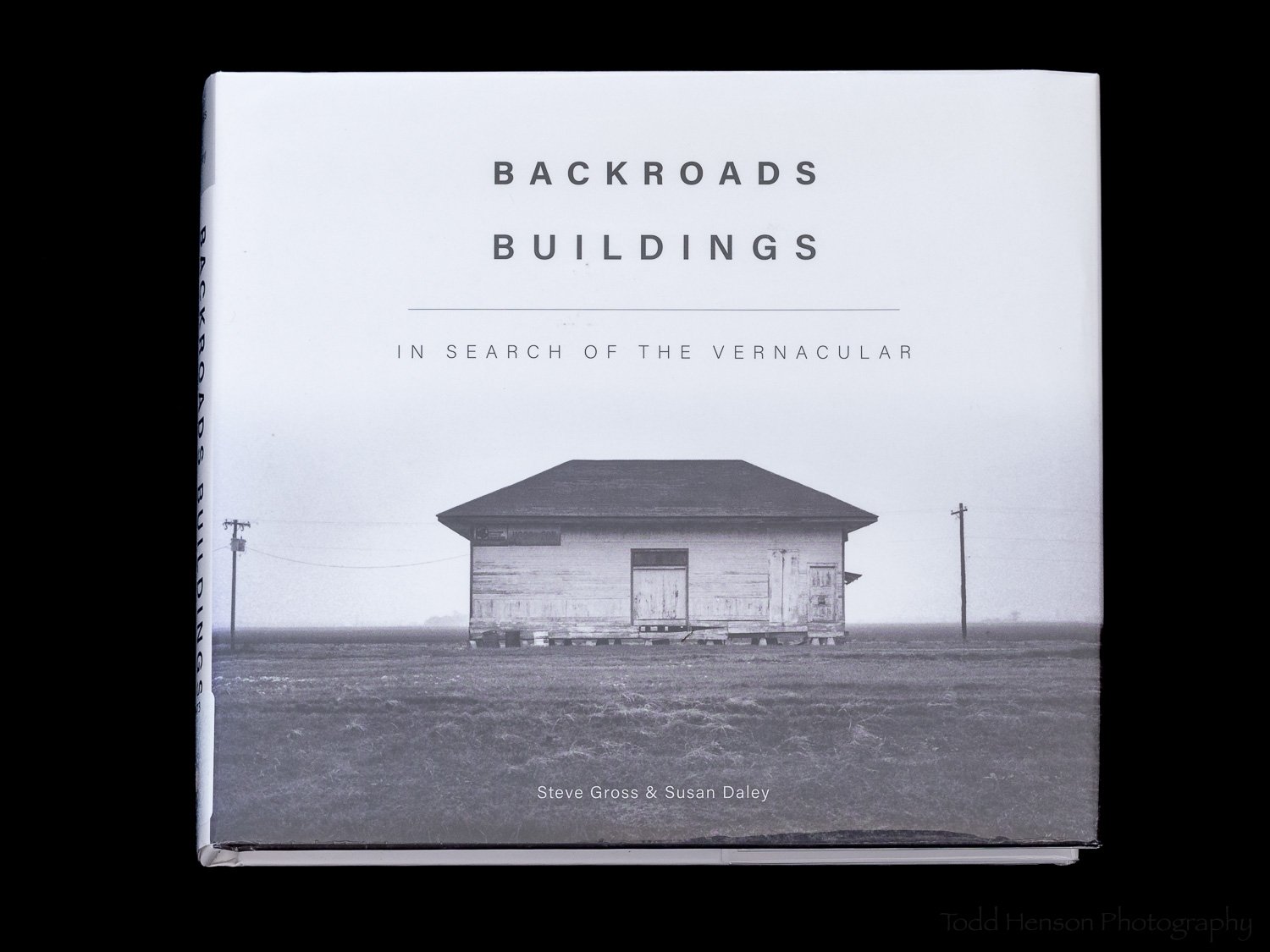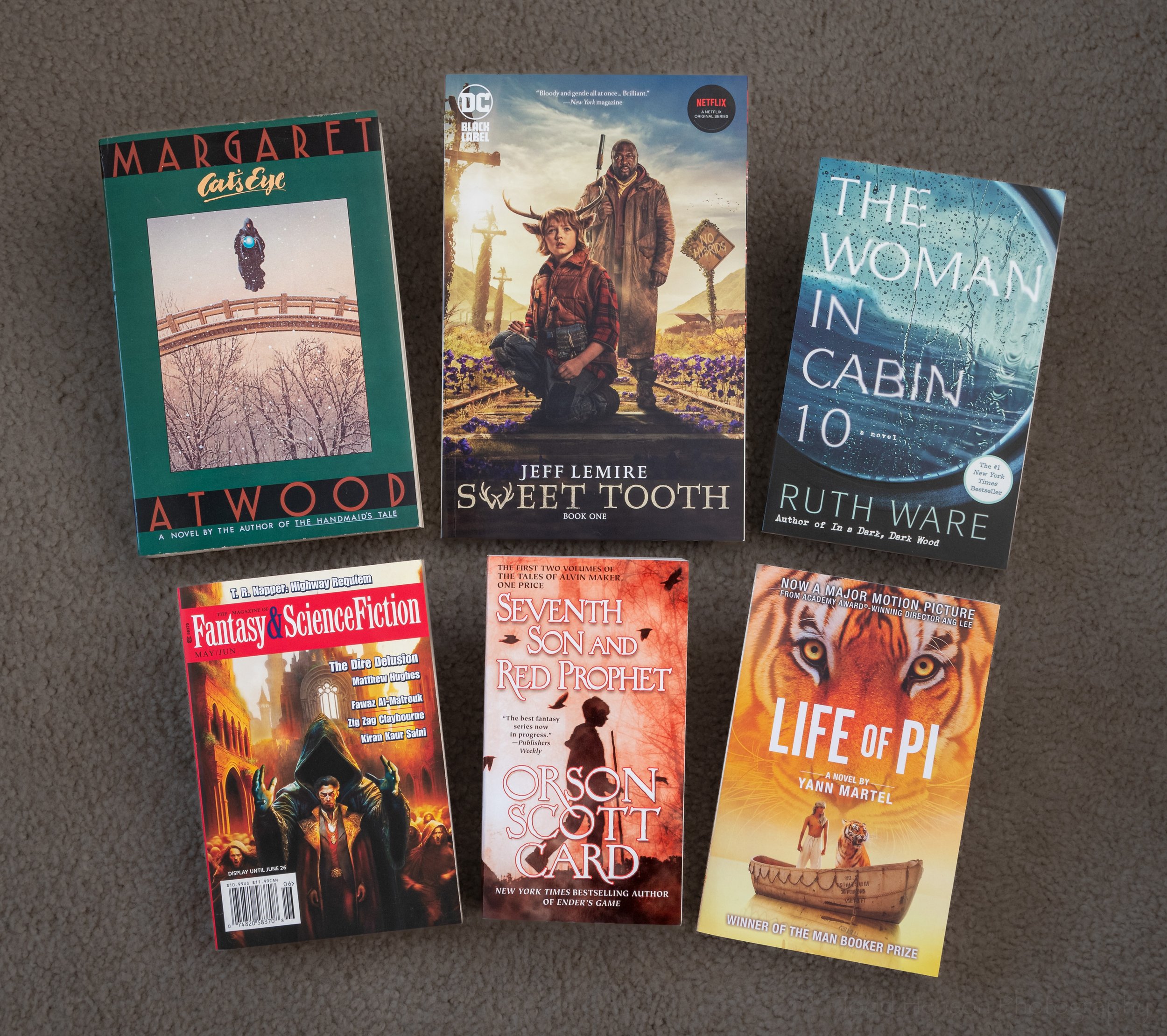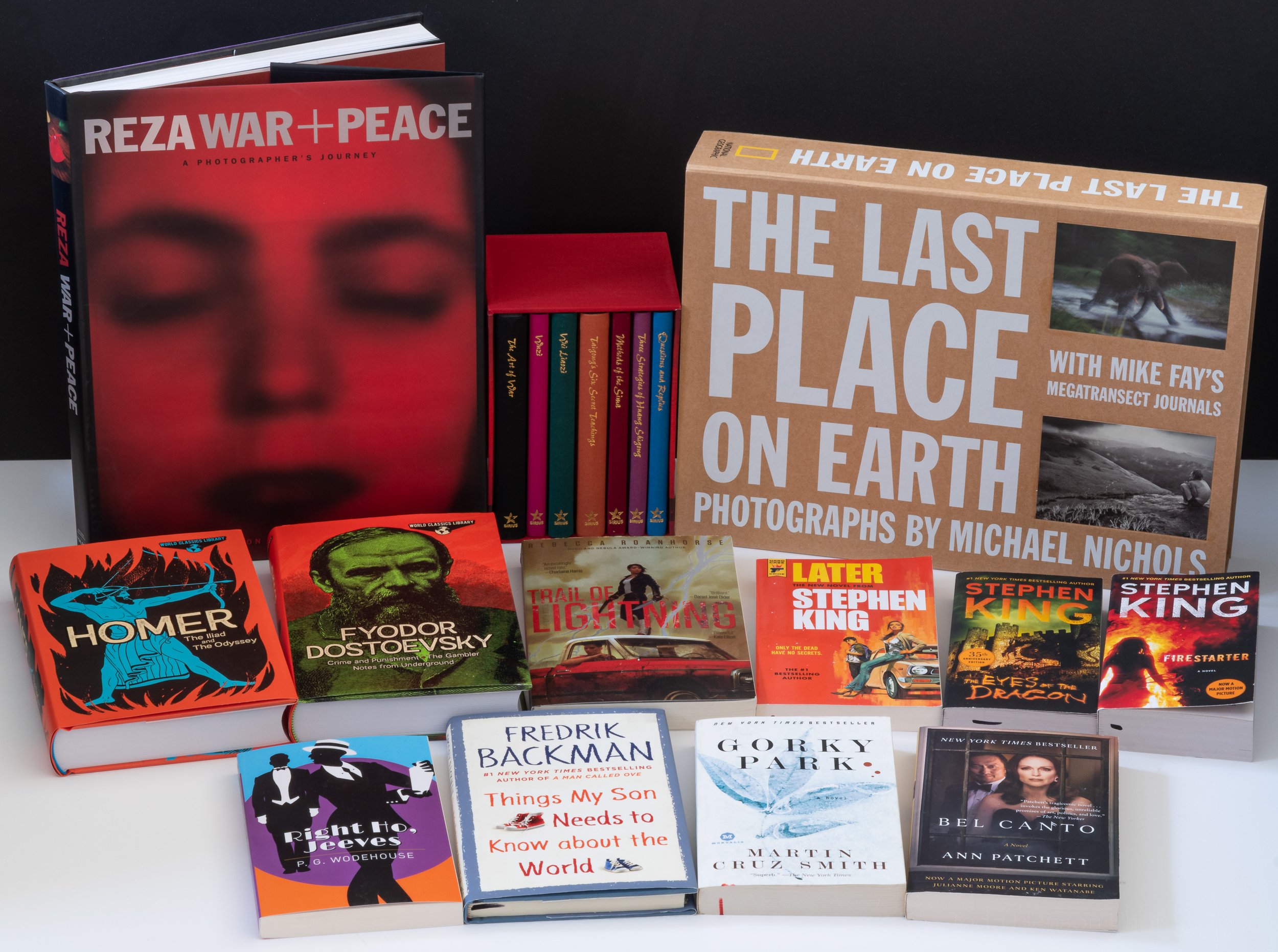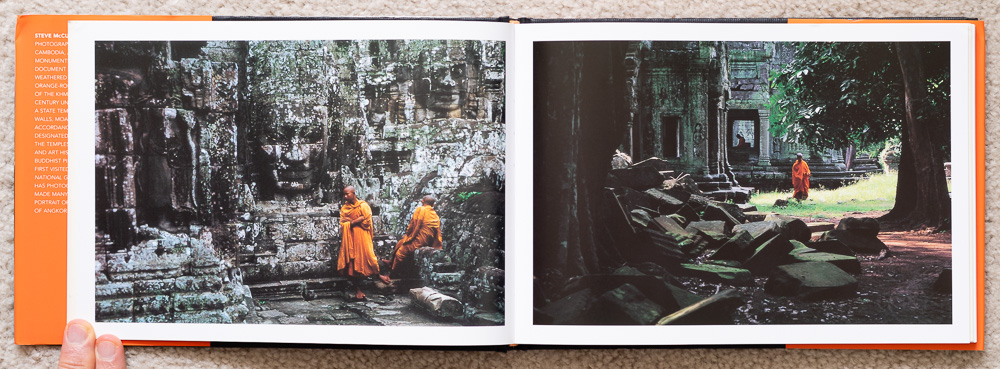Cover of Dorothea Lange: Aperture Masters of Photography
The Aperture Foundation created their Masters of Photography series of books to showcase the works of photographers who have “shaped the medium,” those “whose achievements have accorded them vital importance in the history of the art form.” The fifth book in the series is about Dorothea Lange.
Page 21: Child and Her Mother (1939)
Dorothea Lange (1895 - 1965) photographed throughout the Great Depression, working at one point for the California State Emergency Relief Administration. Most of her well known photographs were created while working for the Farm Security Administration between 1935 - 1942. Later she would photograph for Life magazine and teach at what became the San Francisco Art Institute.
Page 51: Church on the Great Plains (1938)
Lange was known as a documentary photographer but disliked that label, even though she never found a better description. Edward Steichen once called her the greatest documentary photographer in the United States. She was not one to spend a lot of time processing images, but chose to portray the world as accurately and plainly as possible. She said she photographed “things as they are.”
“The important thing is not what’s photographed but how.” - Dorothea Lange
Page 39: Migrant Mother (1936)
She managed to join that select group of photographers who have created images that became iconic in their popularity, power, and importance. Perhaps her most famous photograph is ‘Migrant Mother,’ created in 1936, in the latter years of the Great Depression. Even without any history or context it is a powerfully moving photograph. But placing it in context brings a piece of history to life, helping students better understand how that period of time affected many of the people of this country.
Page 75: Drought Farmers (1936)
“At her most potent, Lange astounds with an ability to arouse deep feelings about our commonality with others.” - Christopher Cox
Page 79: Dairy Co-op Officials (1935)
Dorothea Lange: Aperture Masters of Photography is a small book. The copy I own measures about 8” x 8”. It is 96 pages in length, containing 42 of Lange’s photographs, an excellent essay by Christopher Cox that talks about her life and career, a list of details about each of the photographs, a small list of her exhibitions, a brief chronology, and a small selected bibliography. This is by no means a complete catalog of her work, but it is an excellent introduction to some of her best work and I’m very happy to own a copy.
Page 91: Funeral Cortege, End of an Era in a Small Valley Town (1938)
The edition I own is from 1987. Aperture republished the book in 2014.
The links below are affiliate links and I will be compensated if you make a purchase after clicking on my links. This is at no extra cost to you.
Do you enjoy these posts?
Sign up to receive periodic emails with updates and thoughts. Don’t worry, I won’t spam you. And please consider purchasing artwork or products from my online store, and using my affiliate links in the sidebar to the right when shopping online.
I appreciate your support!

















































